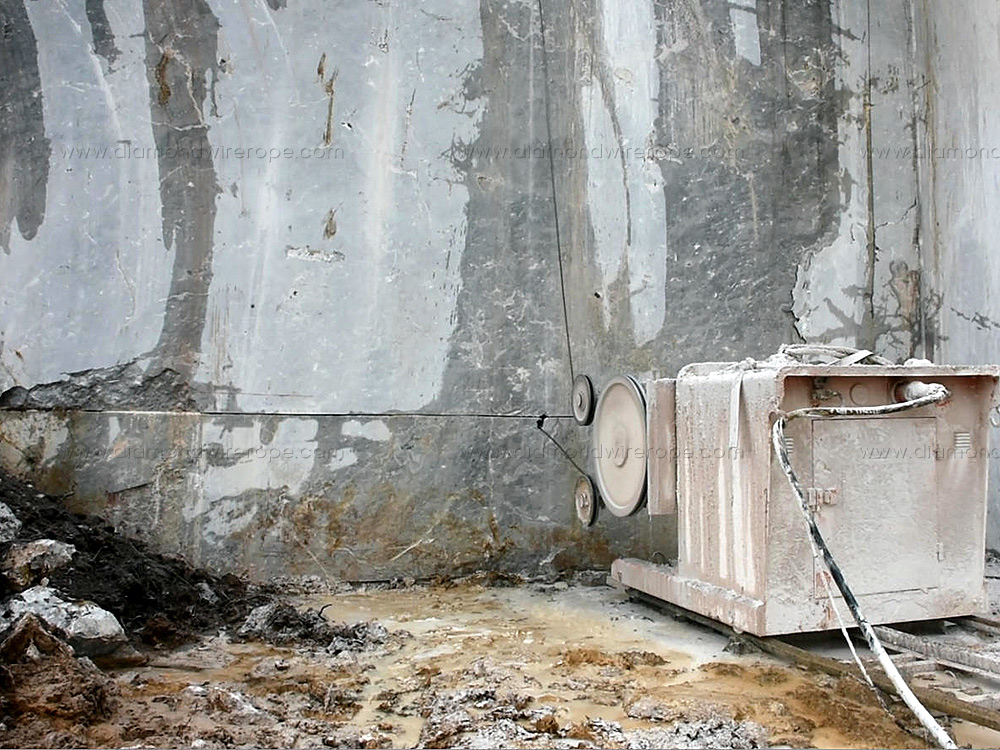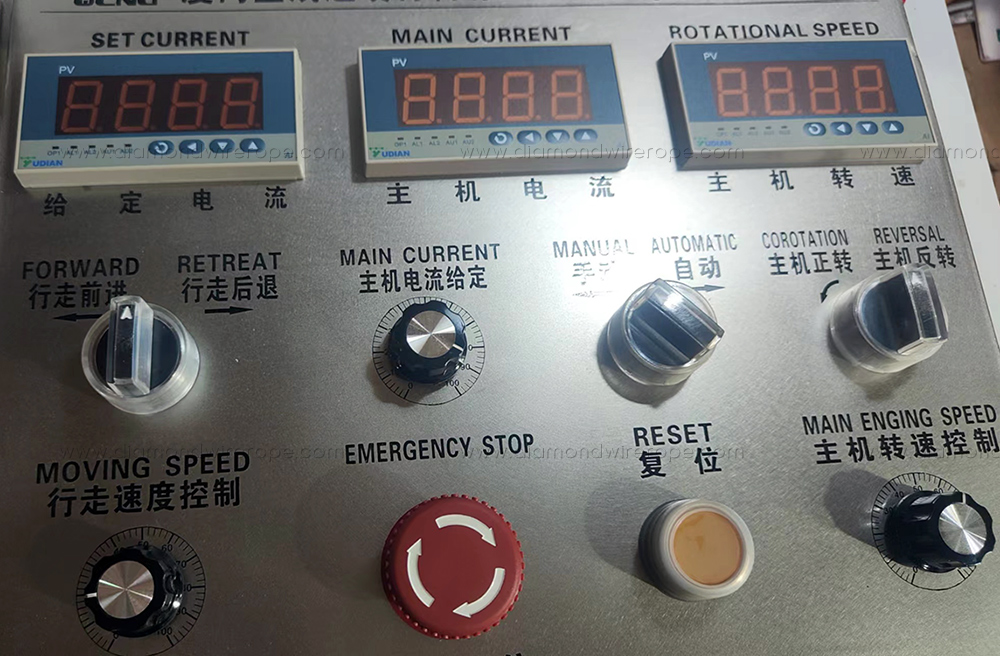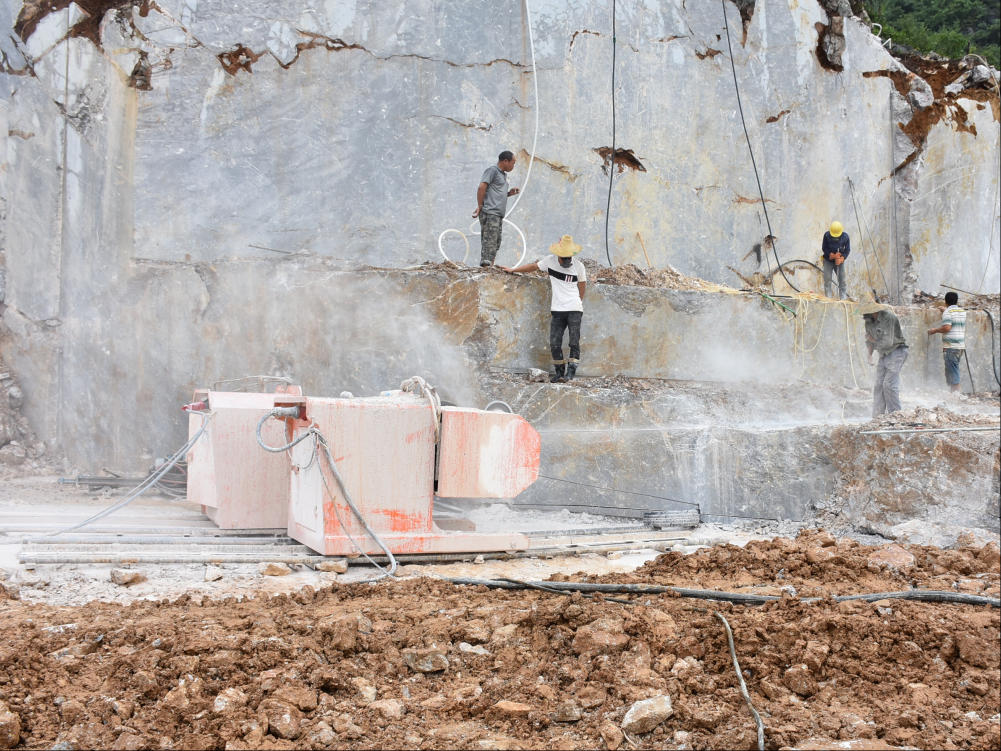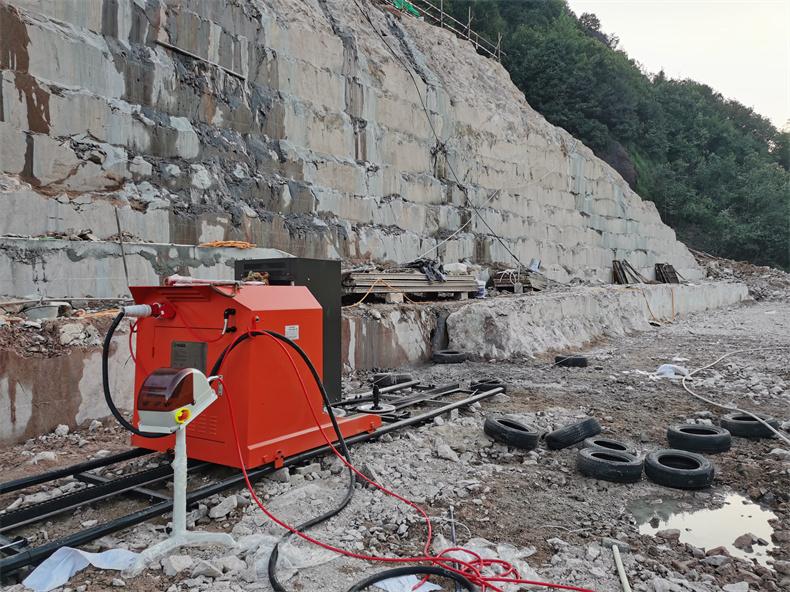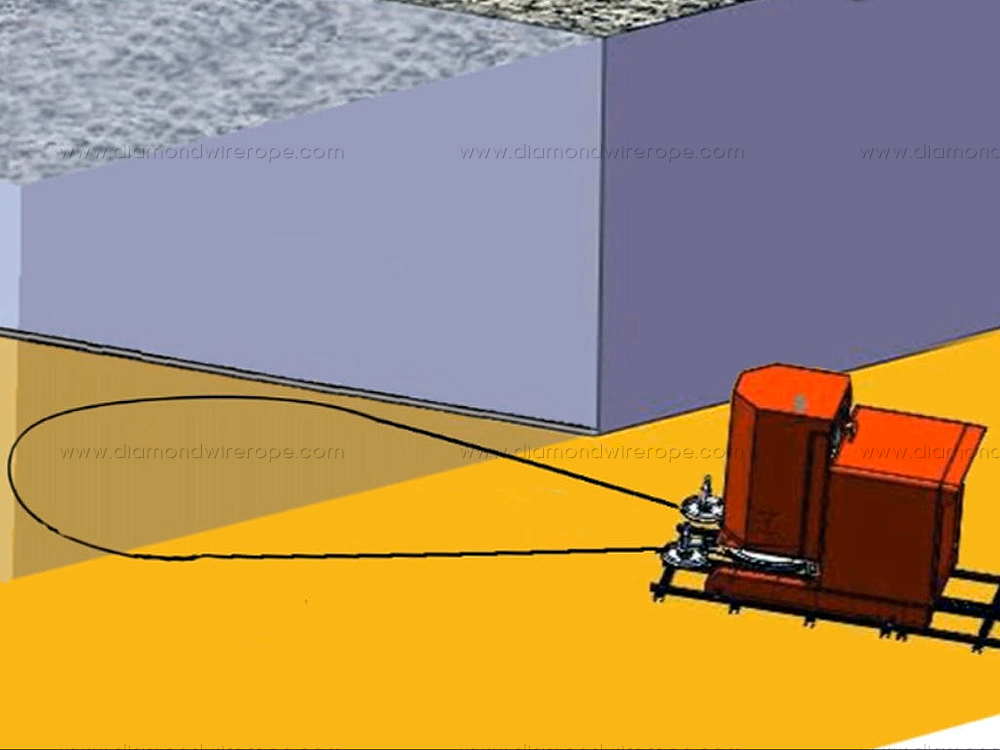Mohs hardness
In the field of quarrying, wire saw machines commonly fall into two major series: the marble - quarrying series and the granite - quarrying series. However, what if the stone to be quarried is neither granite nor marble, such as sandstone, basalt, white marble (Han Baiyu), or calcite? How should one make a choice? Should it be a marble wire saw machine or a granite wire saw machine? In this video, we will delve into and solve this crucial problem. To do so, we first need to understand an important concept - Mohs hardness.
Hello, everyone. I'm Mo Zhoufu, engaged in the production and sales of wire saws. Mohs hardness is a standard for measuring the hardness of minerals. Some people also call it Mors hardness, which has the same pronunciation as my surname "Mo". In fact, it is a transliterated term. It was first proposed in 1822 by the German mineralogist Frederich Mohs and is widely used in the fields of mineralogy and gemmology.
Mohs hardness selects ten common minerals, takes scratch hardness as the evaluation criterion, and arranges them in ascending order of hardness: talc, gypsum, calcite, fluorite, apatite, Orthoclase, quartz, topaz, corundum, diamond. Their hardness values are set as 1 - 10 respectively. Other minerals can determine their hardness by comparing with these standard minerals.
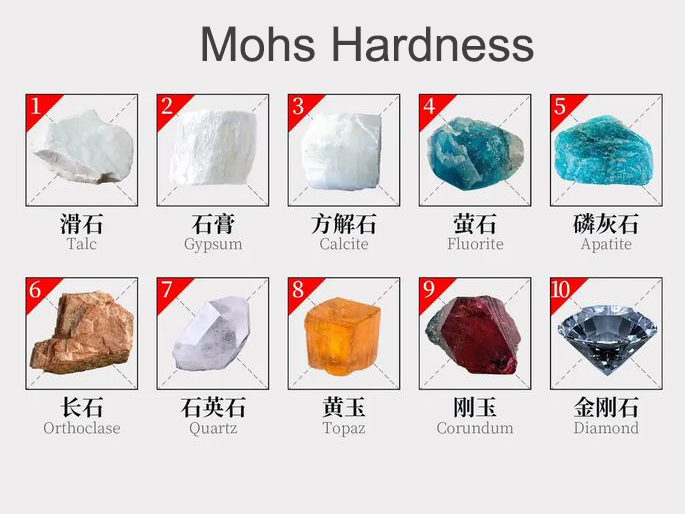
What I'm holding in my hand right now is a set of ten sample stones representing Mohs hardness. The usage is quite simple. Use these samples to scratch the surface of the target stone sample one by one with force until a clear and non - erasable scratch appears on the surface of the stone sample. At this point, the hardness value of the target stone sample can be obtained. So, what is the practical use of knowing the Mohs hardness of a stone? The hardness of marble is generally between 3 - 4. Therefore, if the hardness of your stone is less than 4, the wire saw machine in the marble - quarrying series is suitable for quarrying your stone. If the hardness of your stone is greater than 4, the wire saw machine in the granite - quarrying series is the best choice.
Some people may ask: What if I don't have a Mohs hardness tester? Here's a simple method. You can use a knife. A utility knife, a fruit knife, or a kitchen knife will do. The hardness of an ordinary knife is approximately 4. Scratch the surface of the stone with the knife forcefully. If a scratch can be left, it indicates that the Mohs hardness of this stone is less than 4. If no scratch can be left, it means that the Mohs hardness of this stone is greater than 4.
Finally, I'm Mo Zhoufu, focusing on the production and sales of wire saws. I look forward to becoming your partner on the journey of stone quarrying. See you in the next video.
